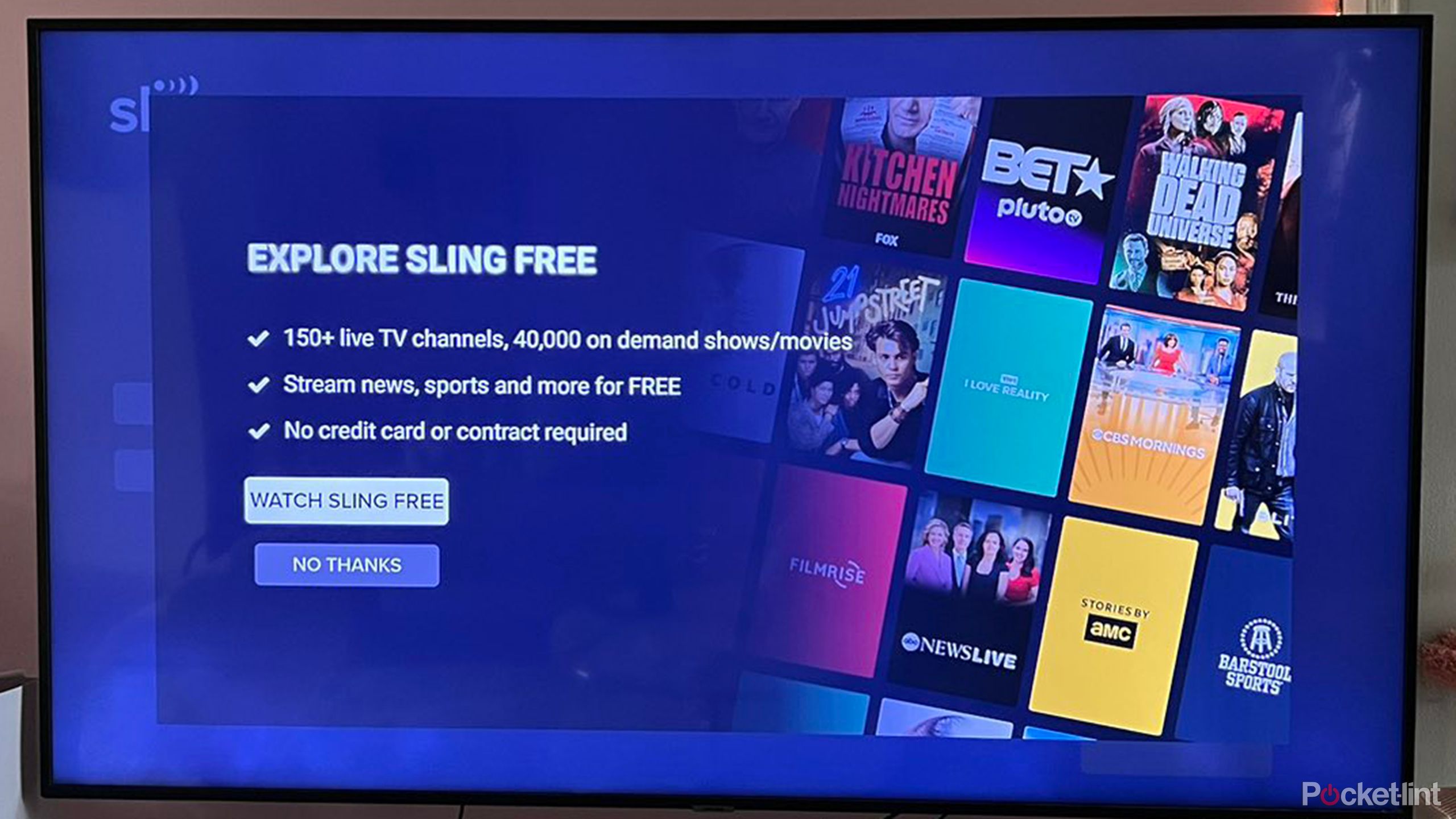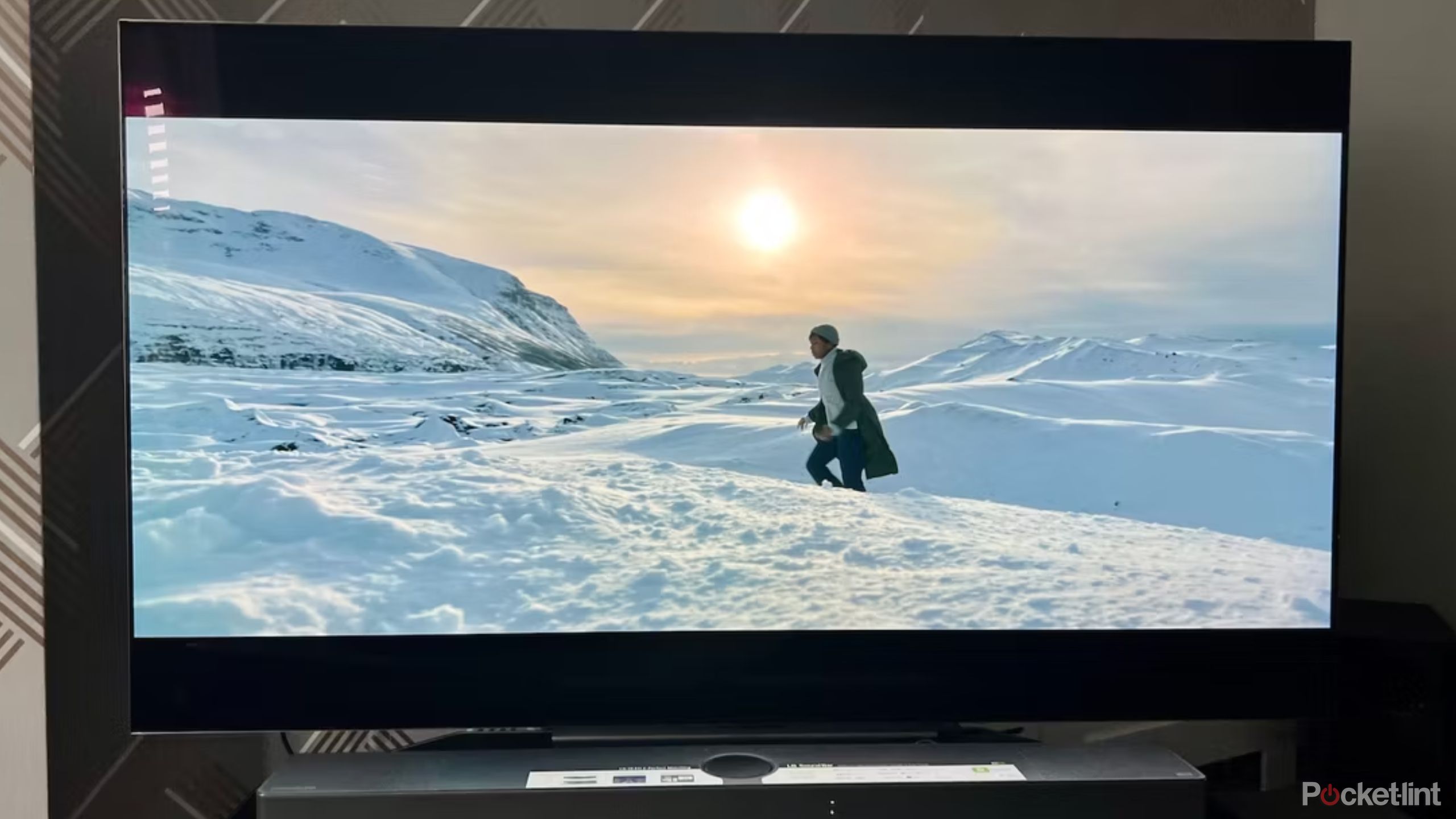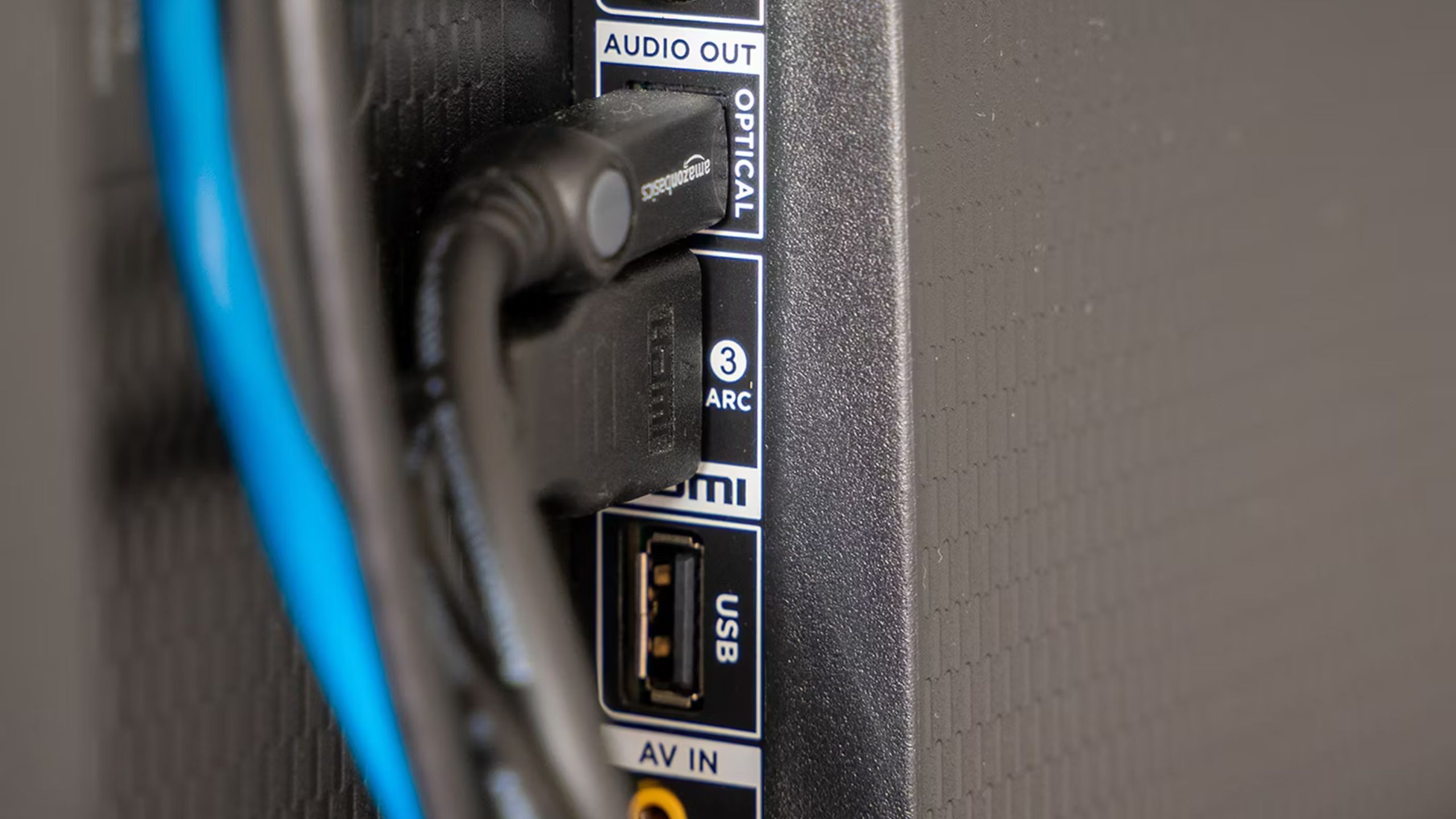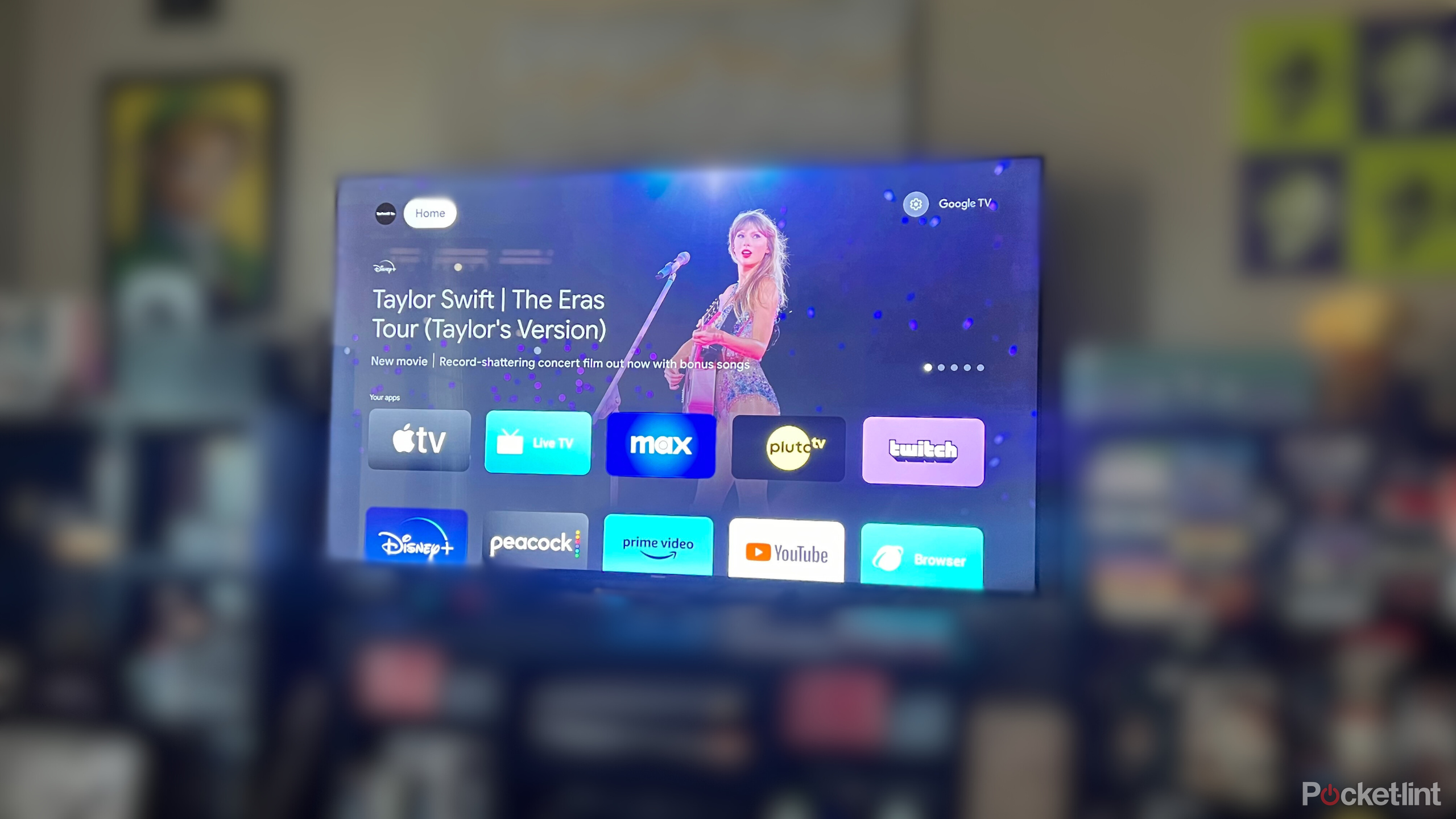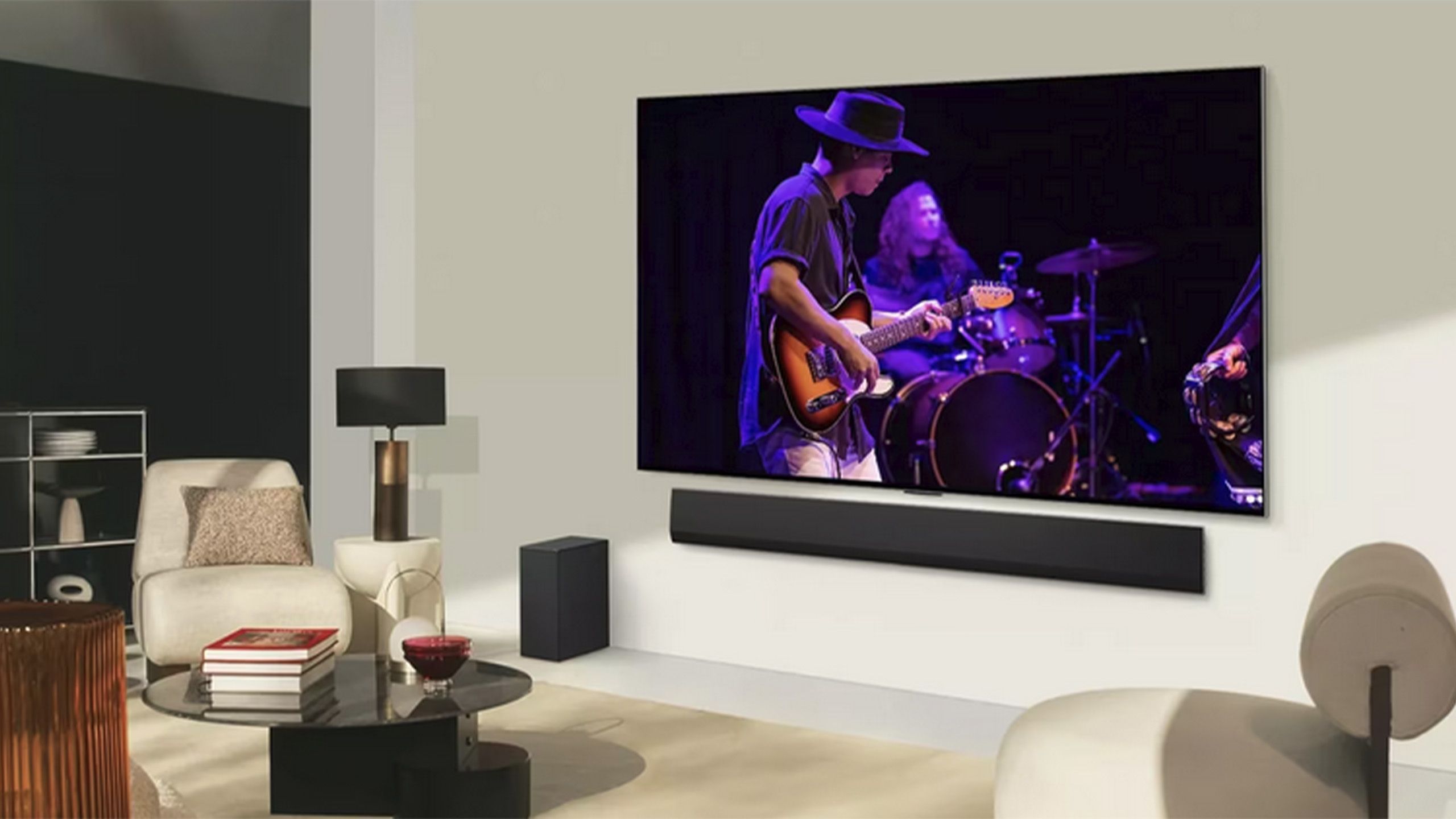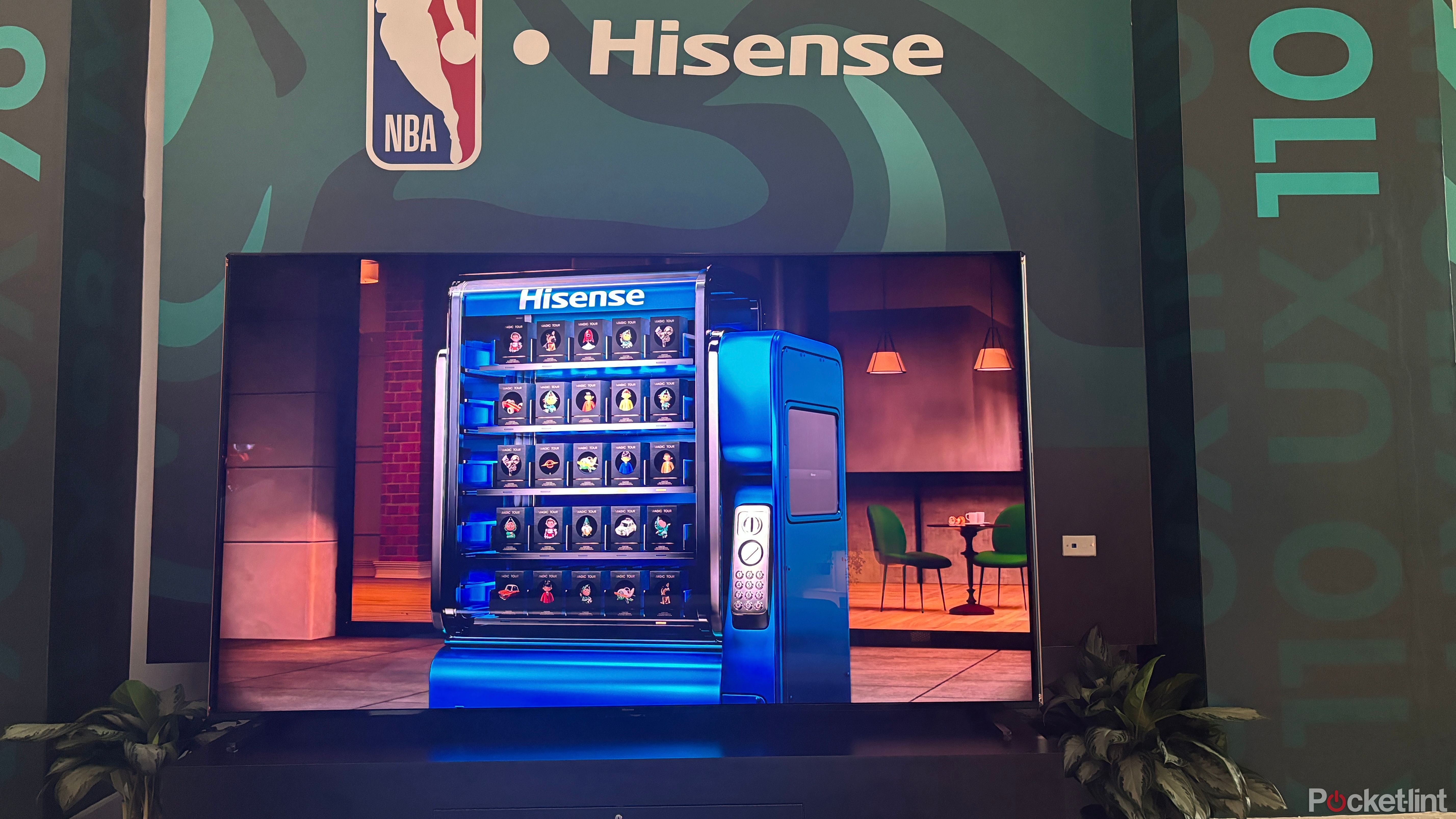Key Takeaways
- 4K resolution TV sets sharper than 1080p, with models available up to 8K. Currently, 4K is ideal due to lack of 8K content.
- HDR standards like HDR 10, HDR10+, and Dolby Vision provide better color and contrast with expanded limits. HDR is suitable for 4K or 8K sets.
- For picture quality, OLED TVs offer better color and contrast, while LCD/LED TVs are suitable for most, with higher brightness for excellent quality.
Buying a TV can be a little mystifying these days if you’ve never bought one before or it’s been several years since your last one. Technology is rapidly evolving, and companies sometimes like to put their own branding on common features. On top of that there are multiple software platforms, each of which differs in terms of its interface, app compatibility, and potential smart home features.
Thankfully, a lot of this can be sorted out by understanding a few key terms and following some general rules when you’re shopping. We’ll guide you through these in the sections below.
7 settings to automatically check on your smart TV
Get the most out of your brand new flat panel via adjusting your TV’s picture, sound, and input settings will help you.
1 4K picture quality
Noticeably sharper
The term “4K” refers to a maximum pixel resolution, specifically the long side of 3840 x 2160. That compares with the smaller 1920 x 1080 limit with 1080p resolution, and the 1280 x 720 one with 720p. You won’t find a 720p cap on any worthwhile TVs over 40 inches, and even 1080p is rare on sets over 50 inches. There are already 8K (7680 × 4320) sets available, but we recommend skipping them unless you have an unlimited budget. There’s still little in the way of 8K content to watch, so most of the time you’ll be viewing upscaled 1080p or 4K video.
4K is noticeably sharper than 1080p, particularly on TVs over 60 inches. Consider that while a 1080p TV displays a little over 2 million pixels, a 4K set has nearly 8.3 million. That translates into such detail that with the screen sizes most people can afford, it’s hard to spot individual pixels without getting uncomfortably close. You’ll absolutely want 4K if you plan to connect a computer and get legible text.
0:26
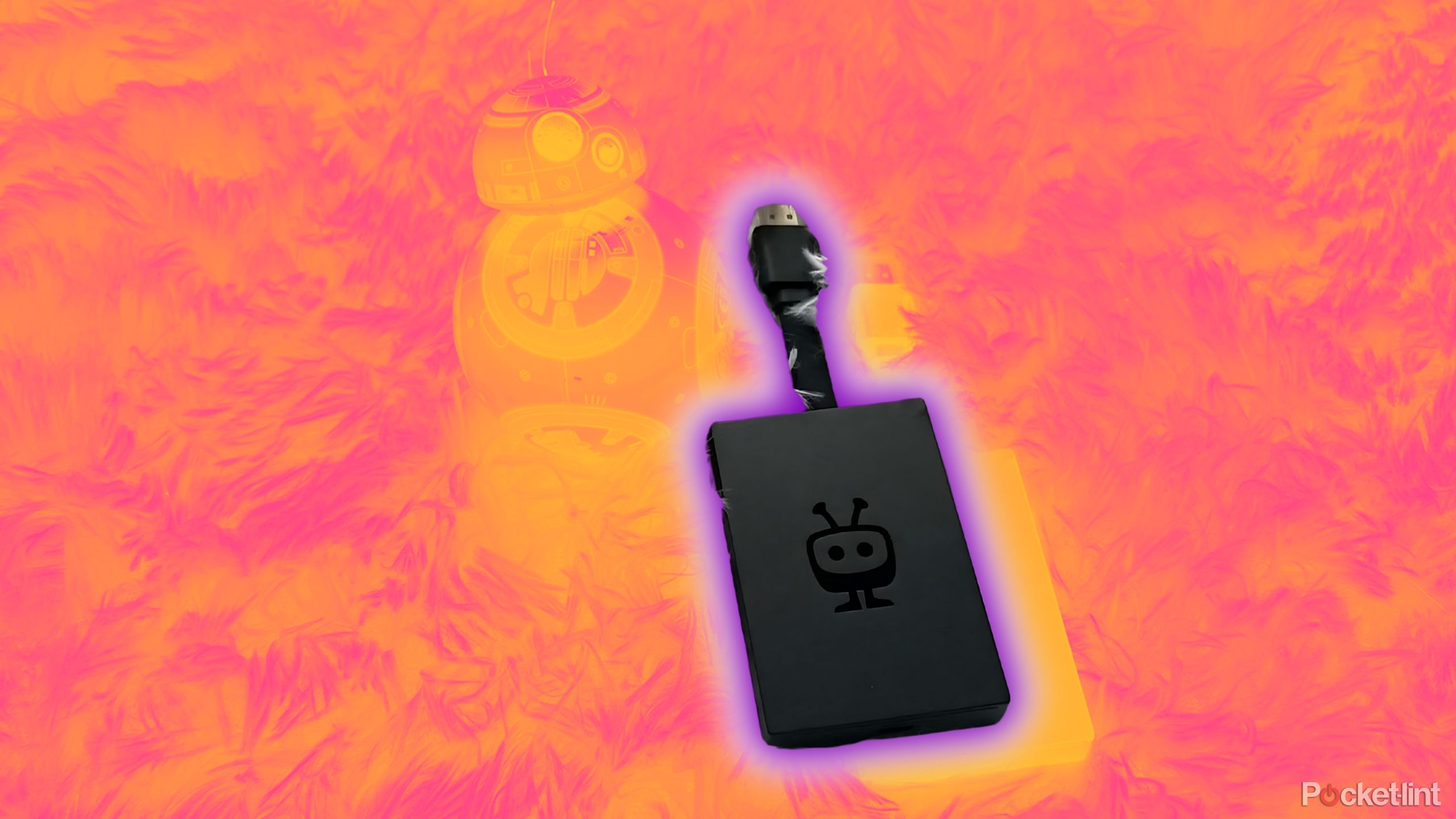
TiVo’s streaming stick enhanced my smart TV and leveled up my content game
Fast navigation and easy access to content make it easier to find what I want to watch.
A knock-on effect of 4K is improved colors and contrast. With more pixels, it’s possible to produce better color effects and sharpen the borders between light and dark. Regardless, you effectively need a 4K or 8K set to take advantage of HDR.
2 Three major HDR standards
HDR 10,HDR10+, and Dolby Vision
Dolby
HDR stands for High Dynamic Range. That, in turn, refers to expanded limits for colors and contrast. On decent sets compatible with HDR content, highlights become brighter, and you’ll see more detail in shadows. You can get over one million color shades with 10-bit HDR, and over 68.7 million with 12-bit.
There are three major HDR standards to look out for. The most widespread is HDR10, a 10-bit format with static metadata — that is, it doesn’t allow per-frame adjustments to match onscreen content. An improvement on this is HDR10+, which does support dynamic metadata.
The gold standard is Dolby Vision, providing not just dynamic metadata but 12-bit color. Some Vision-ready sets are equipped with Dolby Vision IQ, which automatically adjusts screen brightness to match ambient light.
Note that while Vision is relatively common, especially on more expensive TVs, there is a big gap in industry support: Samsung. Most likely it’s because Samsung feels HDR10+ is good enough to avoid paying Dolby royalties, and indeed it’s often hard or impossible to tell the difference between 10- and 12-bit color.
Before shopping, check what HDR standards are supported by the apps and streaming services you like to use.
Some might only offer HDR10, while others might support Dolby Vision but not HDR10+, or vice versa. If you want to take full advantage of your new TV, make sure it checks the right format boxes.
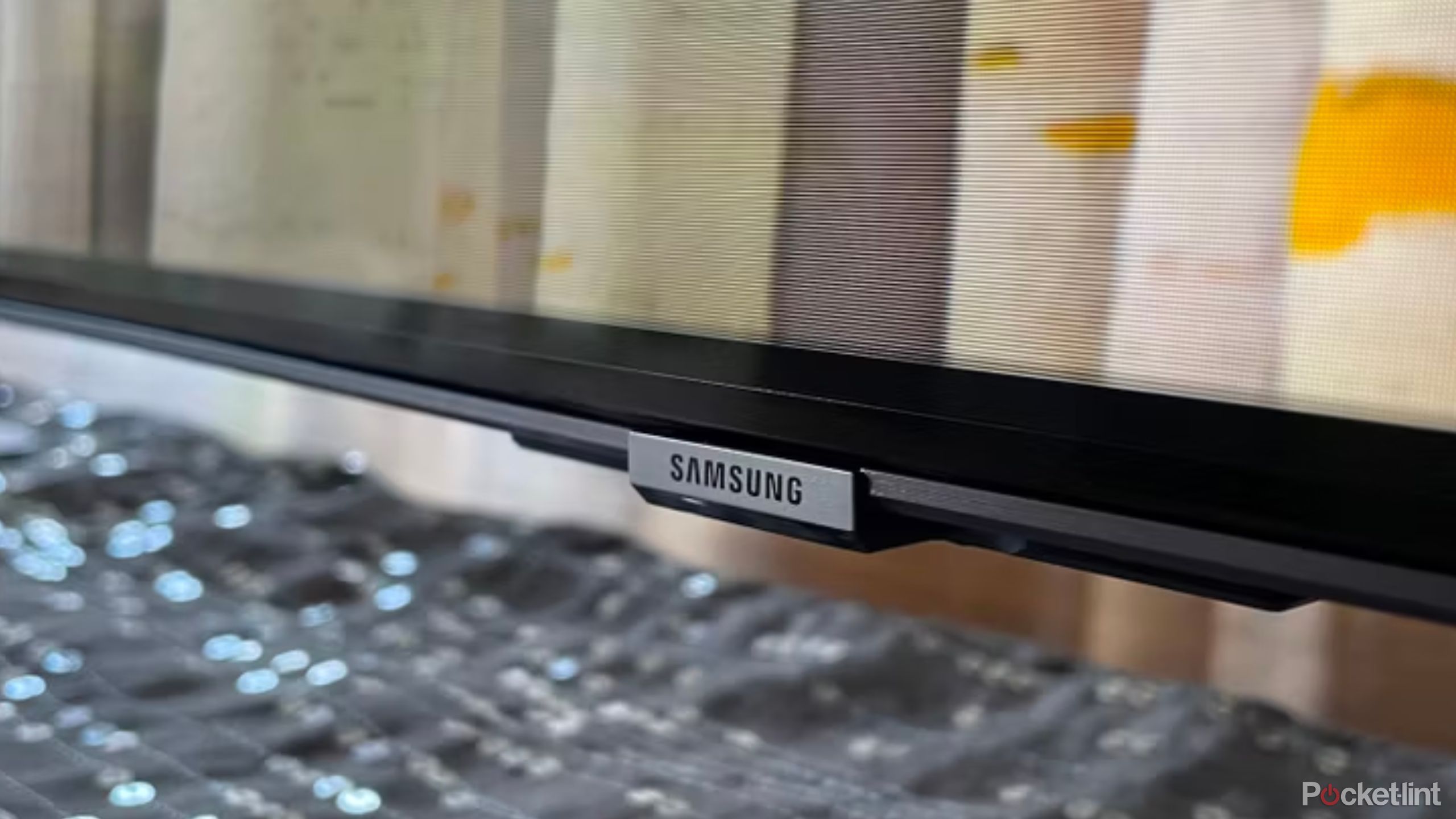
7 features every Samsung TV owner should try
Samsung TVs offer convenience, efficiency, and even a bit of luxury at your fingertips.
3 LCD/LED or OLED
Crucial for your picture quality
For the average TV shopper, LCD TVs with standard LED backlighting are good enough. Picture quality is often excellent, as long as overall brightness (measured in nits) is high enough to outshine ambient light. Modern backlights are split into separate dimming zones, which lets one portion of an image go darker without sacrificing the brightness in another. Mini-LED takes this a step further by shrinking LED diodes and further increasing the number of dimming zones.
OLED TVs cost more and carry the risk of long-term burn-in, but offer upgrades like improved color accuracy and — above all — more impressive contrast. OLED pixels can turn on and off individually, resulting in true blacks, whereas LED sets may sometimes show dark gray in their shadows, or even “blooming” effects around objects. You won’t get the full effect of HDR without OLED, although mini-LED is still visually sumptuous.
A technology only now beginning to enter the consumer space is micro-LED. It’s essentially OLED with inorganic diodes, reducing the chance of burn while simultaneously enhancing response times. It’s extremely expensive at the moment, so don’t even consider it unless you’re prepared to drop as much on a TV as you would a Porsche.
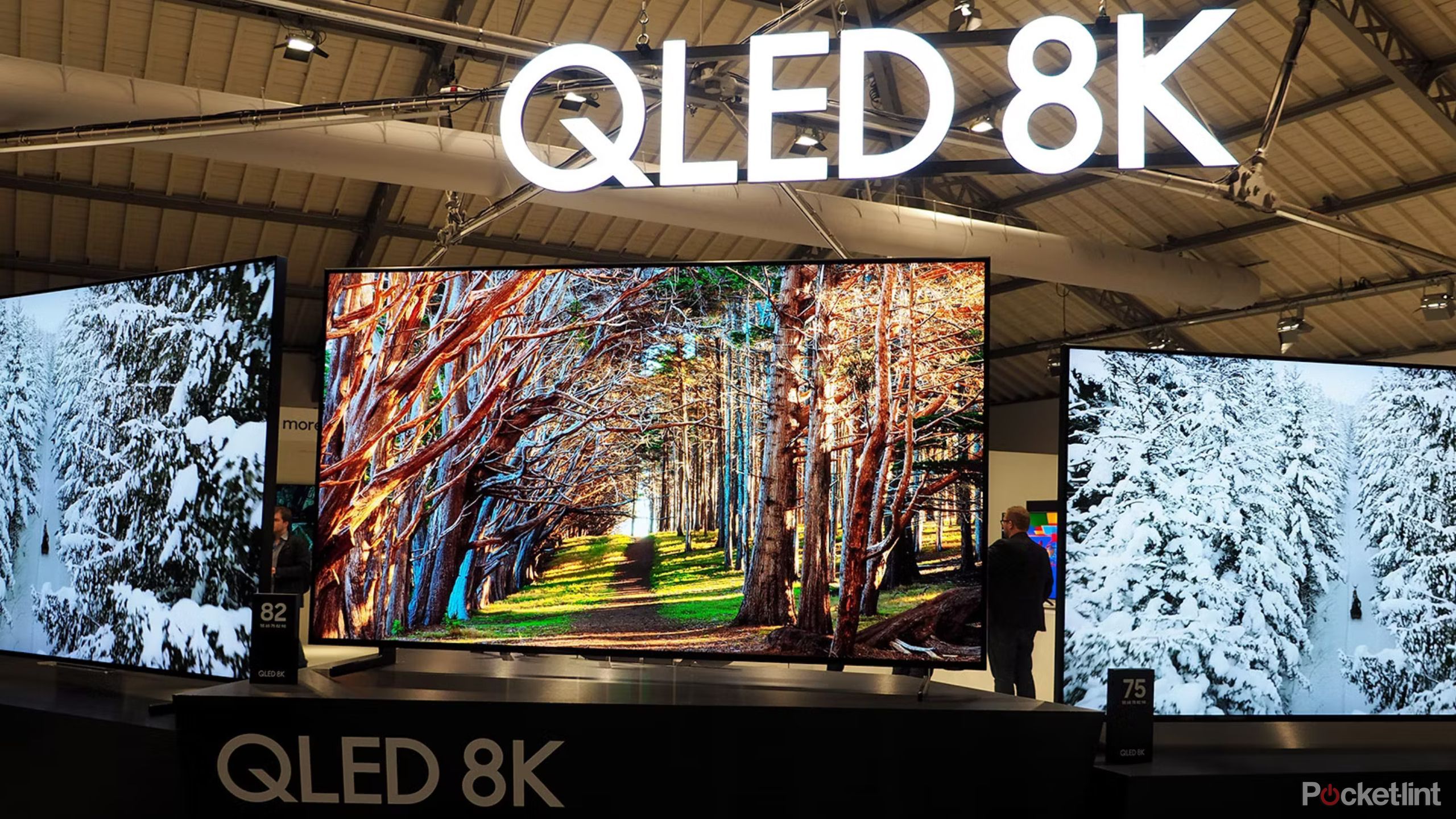
Best Samsung TVs: QLED, Mini LEDs, and more
Samsung is a pioneer in display technology. Here’s which TVs use its tech to the fullest.
4 HDMI and other connection standards
Impacts accessories
Patrick Campanale / Unsplash
There are several different versions of HDMI, which is mainly used for pumping video from consoles, media streamers, and other connected devices. To simplify things though, we recommend a TV with at least three HDMI ports, one or more of which should support HDMI 2.1 or later. That’s because 2.1 supports smoother (and variable) 4K and 8K refresh rates, usually up to 120Hz and 60Hz respectively. 2.0 is certainly acceptable for movies and TV shows, but you may not get the most out of your devices without 2.1. That’s particularly true with games, where 60 frames per second (fps) or higher is the goal.
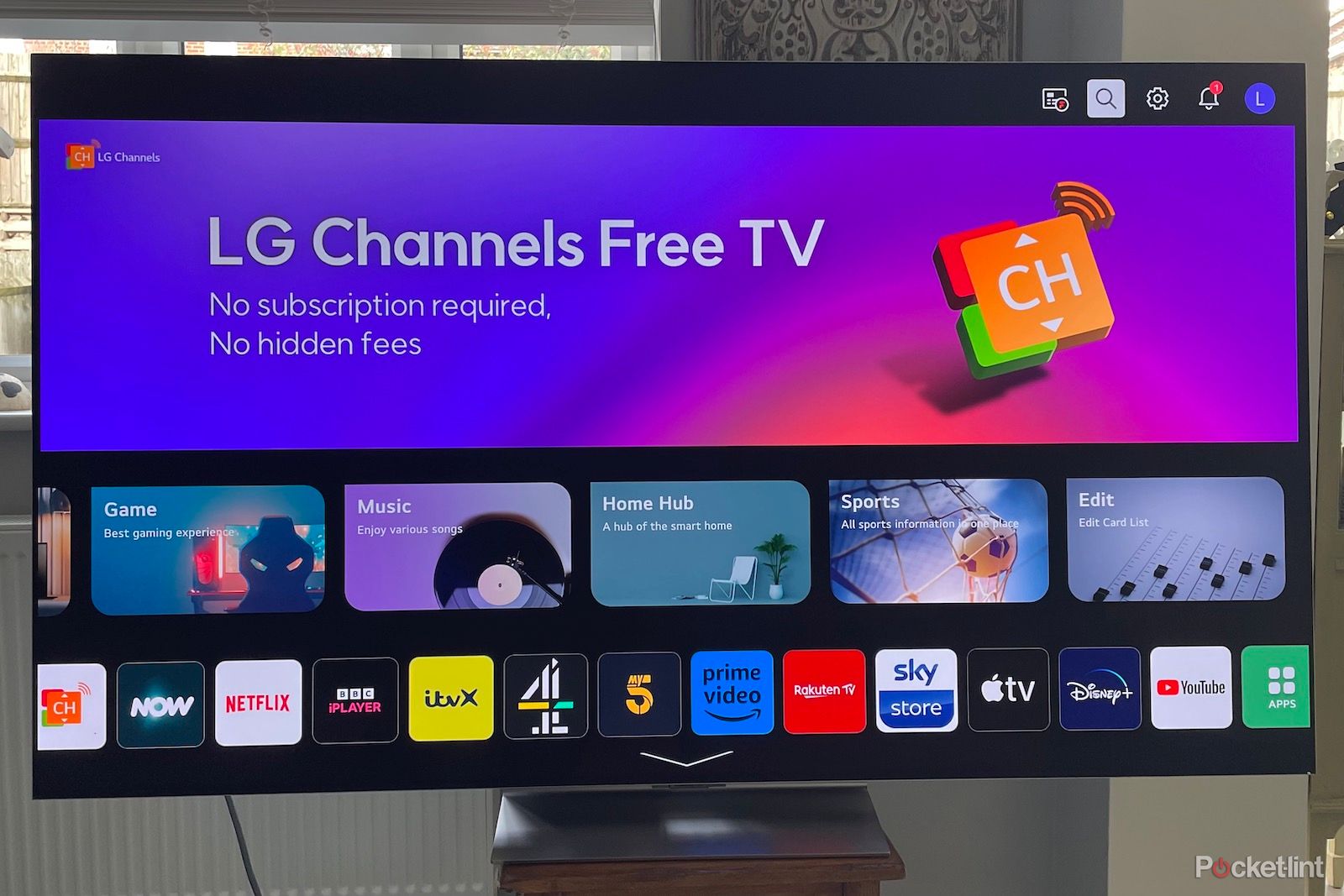
Best gaming TVs: Find a next level display
Top spec gaming TVs offer fast refresh rates and quality displays for engaging play, here are our favorite 6 picks.
Some HDMI ports are marked as supporting ARC (Audio Return Channel) or eARC (Enhanced ARC). This is one way of connecting soundbars and other audio devices, but not strictly necessary if a TV supports standards like 3.5mm or optical audio. Optical is sometimes labeled as S/PDIF or TOSLINK. In some scenarios, you may be able to pair speakers via Wi-Fi if they support the same smart home platform. You can link a pair of Echo Studios with a Fire TV, for instance, because they integrate via Amazon Alexa.
Most TVs also have USB connections for powering streaming add-ons or directly accessing photos and video. More rarely you may see models with DisplayPort video, but that’s only useful for connecting a computer.
In terms of wireless standards, you can use typically use Bluetooth (preferably 5.0 or later) to pair wireless headphones, remotes, and other accessories. Wi-Fi is also de facto, but try to find a TV with at least Wi-Fi 6 if you want to ensure smooth local network (LAN) speeds. The most reliable LAN option is wired — meaning Ethernet — but not all TVs have an Ethernet port, and it might be impractical to run a cable from your router to the place your TV sits.
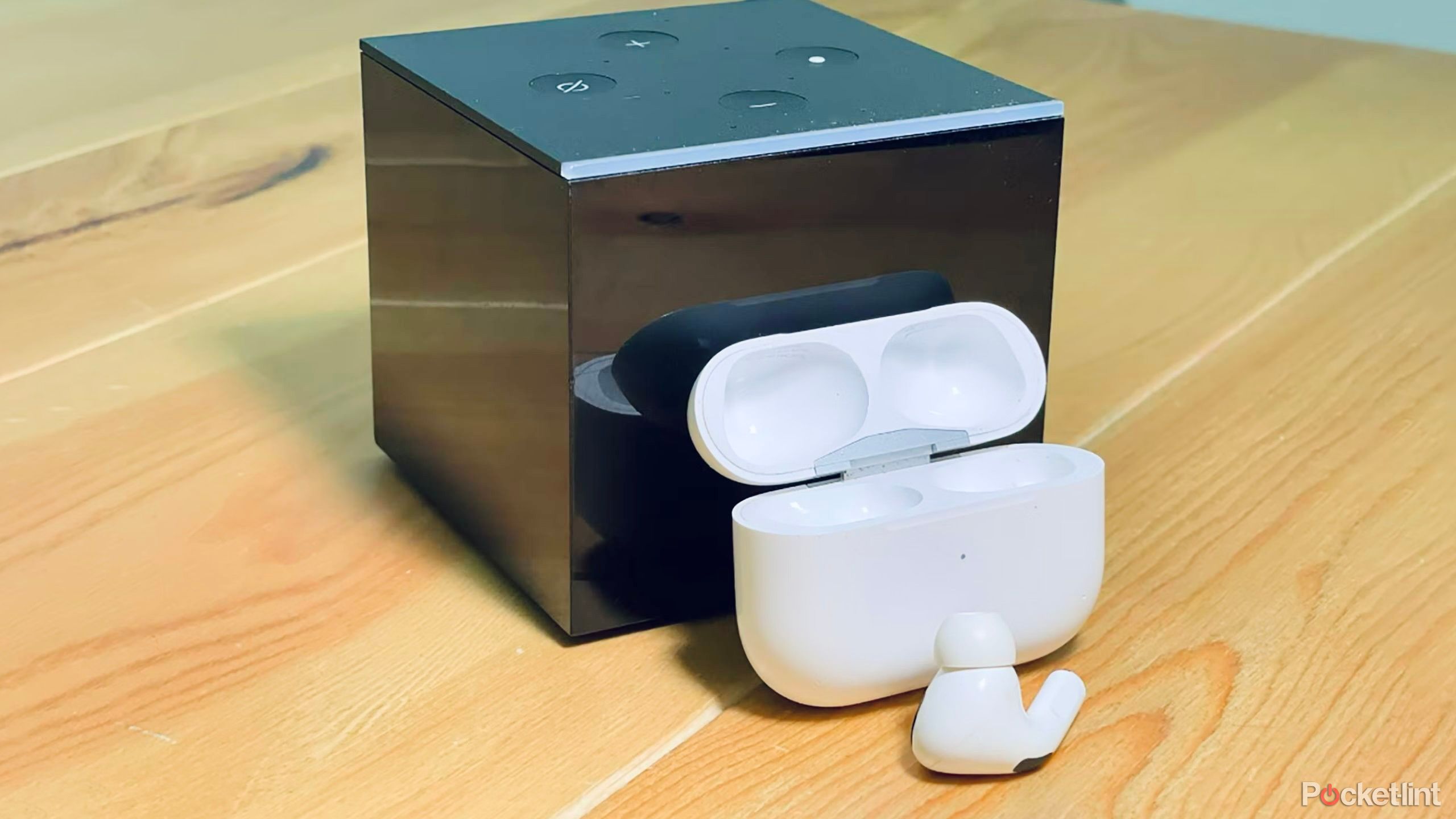
How to connect headphones to a Fire TV device — and get perfectly synced sound
Connecting Bluetooth headphones to a Fire TV device is a breeze, as long as you know where to look.
5 Which platform do you want?
Roku, Amazon Fire TV, or Google TV
If you’re an Android or YouTube faithful, or you already have an arsenal of smart home accessories linked via Google Home, we’d suggest a set with Google TV. You’ll appreciate the integration between devices and services, including the ability to use Google Assistant voice commands and custom-created automations. Telling your TV or Nest Hub “Hey Google, it’s movie night” could, for example, dim your lights, lower the blinds, and search for your favorite movie genre.
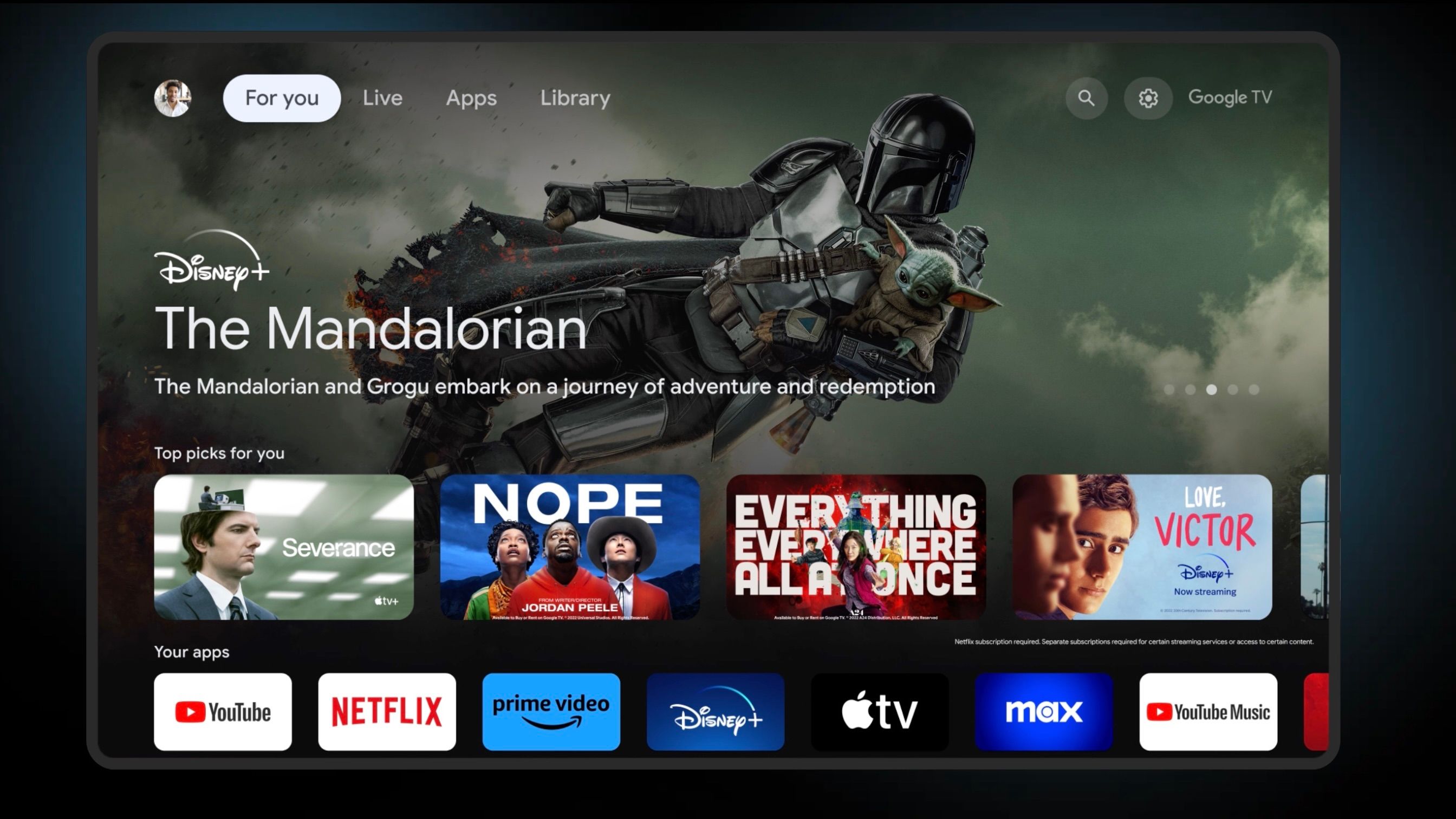
5 Google TV tips and tricks to enhance your smart TV experience
With a few of our favorite settings and features, you can quickly elevate your Google TV and streaming experience.
Google TV is also suitable for people who don’t care about Google integration, but in that situation you might also want to test out Roku TVs and see which interface you prefer. The Roku interface can sometimes be simpler and snappier, while also offering limited integration options with both Google Home and Amazon Alexa.
Telling your TV or Nest Hub “Hey Google, it’s movie night” could, for example, dim your lights, lower the blinds, and search for your favorite movie genre.
Most shoppers should avoid Fire TV unless they have an Amazon-centric household. The platform isn’t bad per se, but it’s not as good as the alternatives, and Amazon tends to put Prime Video content front and center. Some cheaper Fire TV sets are also lethargic, which can make them a pain to use.
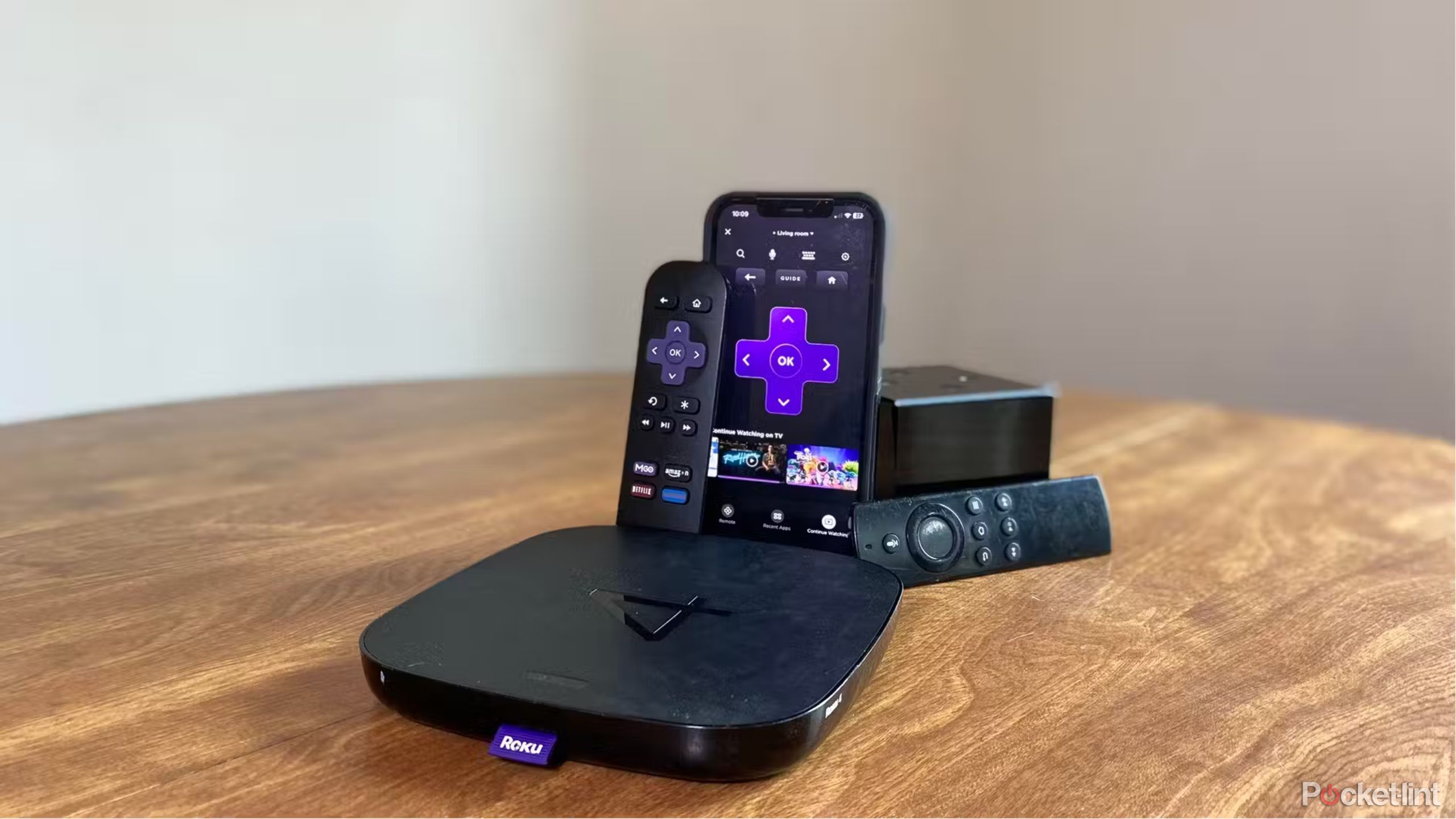
5 reasons why you should ditch Fire TV for Roku
Roku devices are multi-functional, offer a cleaner home screen, and prioritizes personal content preferences.
Whichever platform you go with, make sure the apps you need are available on it. If they aren’t, you’ll need to buy an add-on media streamer as a workaround. There’s no choice but to buy an Apple TV 4K if you want access to HomeKit, HomePods, and some exclusive services like iCloud Photos.
6 Sound specifications
How cinematic do you want your sound?
LG
We’ve already covered ARC, eARC, Bluetooth, and optical audio, and as a rule you should prefer external output. Some TVs have surprisingly competent internal speakers, but you won’t get cinema-quality bass or surround sound without going the external route. That includes TVs that claim to have Dolby Atmos — you can’t simulate realistic 3D sound with a few small tweeters and woofers all grouped along the same axis.
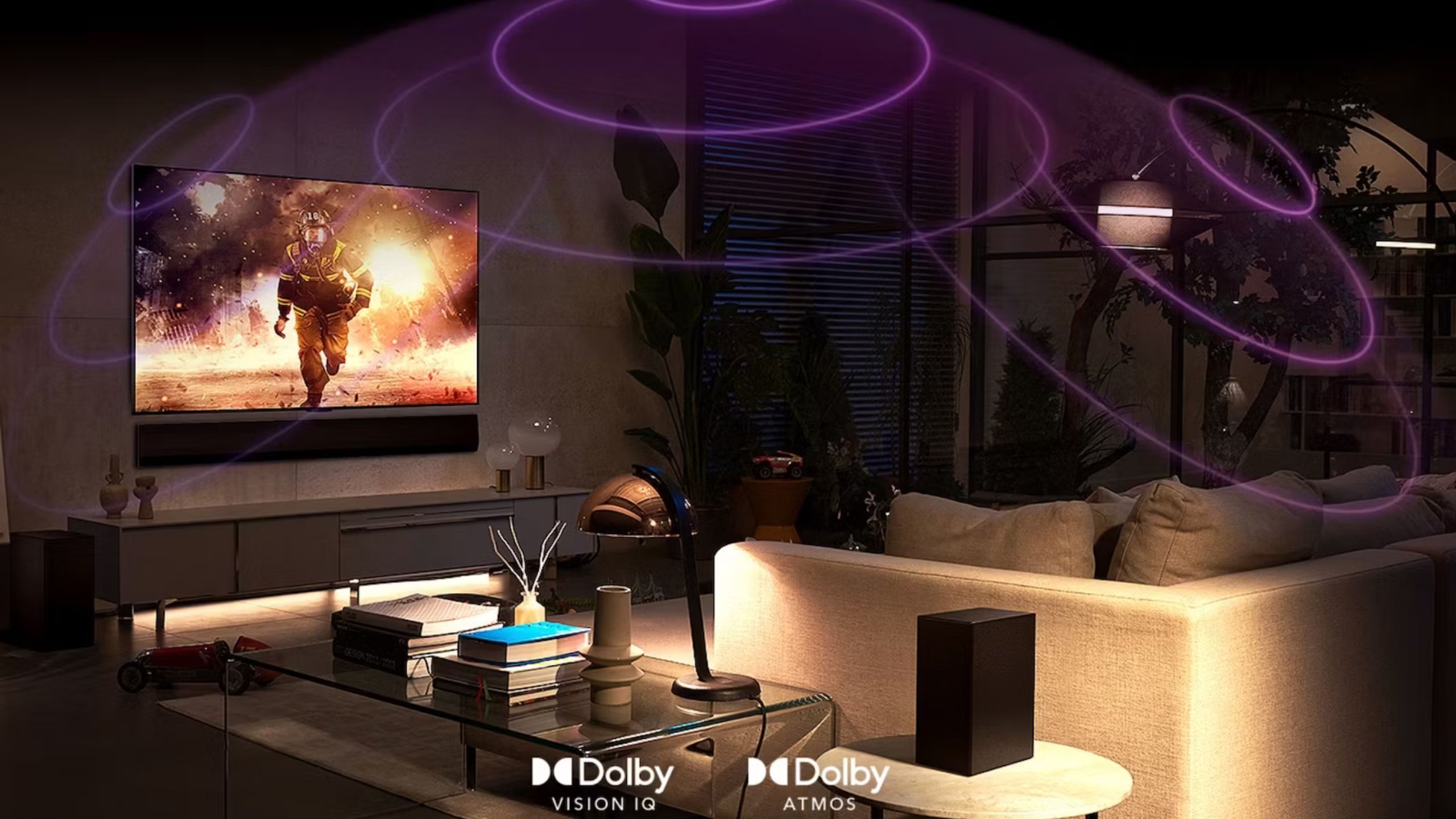
Does Dolby Atmos actually sound any better? Here’s what it can do
Dolby Atmos takes surround sound to another level and gives you cinematic sound from the comfort of your home.
Beyond ports and wireless technologies, however, Dolby Atmos is usually the only format you need to worry about hunting for, since most TVs will support the “lesser” Dolby and DTS standards out there. The one possible exception is DTS:X, but honestly, Atmos might as well be the only surround standard anyone cares about in 2024.
Cinephiles may want to consider a 5.1- or 7.1-channel speaker system — the .1 being a dedicated subwoofer — but the simplest option for most people will be a soundbar. Better units support Dolby Atmos and/or control via Amazon Alexa, Google Cast, Google Assistant, or Apple AirPlay. You don’t have to spend a fortune, but the more you spend, the more likely it is you’ll be wowed by bass, clarity, and spatial effects.
7 Budgets, Blu-ray, and screen size
Cover all your basics to cover all the bases
If you want a functional (if unspectacular) 50-inch 4K TV, you can spend as little as $250 to $300. If you genuinely care about picture quality and future-proofing, though, plan to budget upwards of $800, and likely several hundred dollars more if you plan to make the leap to OLED. Mini-LED is great in this respect, since it approaches OLED quality without an eye-watering pricetag.
You may feel automatically inclined to buy a Blu-ray player if you don’t already have one, but don’t bother unless there are specific discs you’re planning to buy. The vast majority of titles are available digitally via subscription, rental, or purchase, and if you’ve got a game console like the Sony PlayStation 5 or Microsoft Xbox Series X, you may already have Blu-ray at hand.
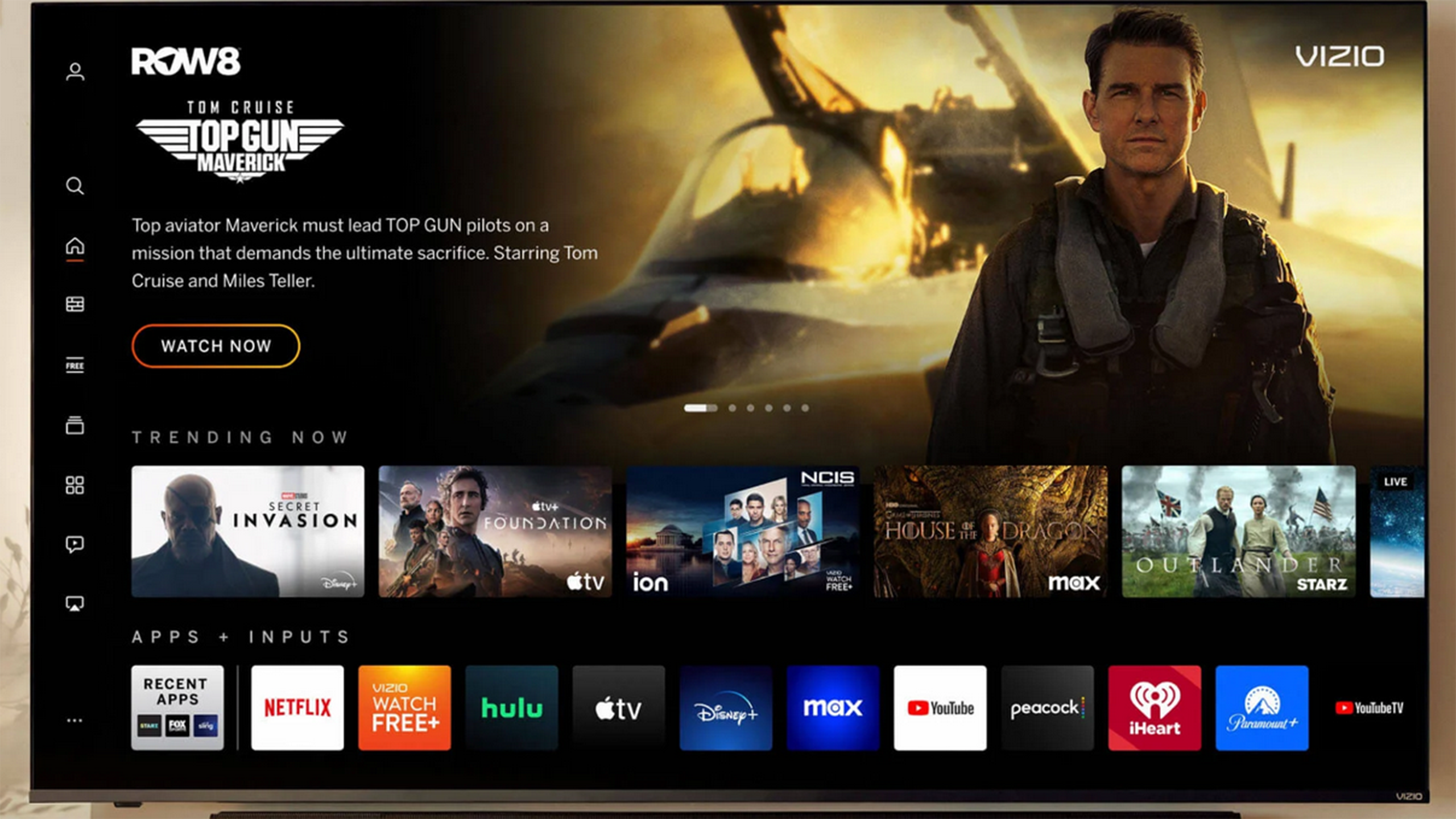
Don’t buy a Vizio TV without considering these 5 things first
The budget TV brand has tempting prices, but comes with considerations.
We haven’t talked much about screen size so far, but that’s because it’s much less of an issue than it used to be. Even 50-inch TVs are now relatively cheap, and most people seem to be happy with something in the 55- to 65-inch range. 70 inches or higher can be wonderful — it’s frequently overkill, however, both in terms of price and room dimensions. Simply trying to haul a 70-inch TV home can be a challenge.
A TV is supposed to be a window into the movies, games, and TV shows you enjoy, and there are increasingly diminishing returns the higher prices go.
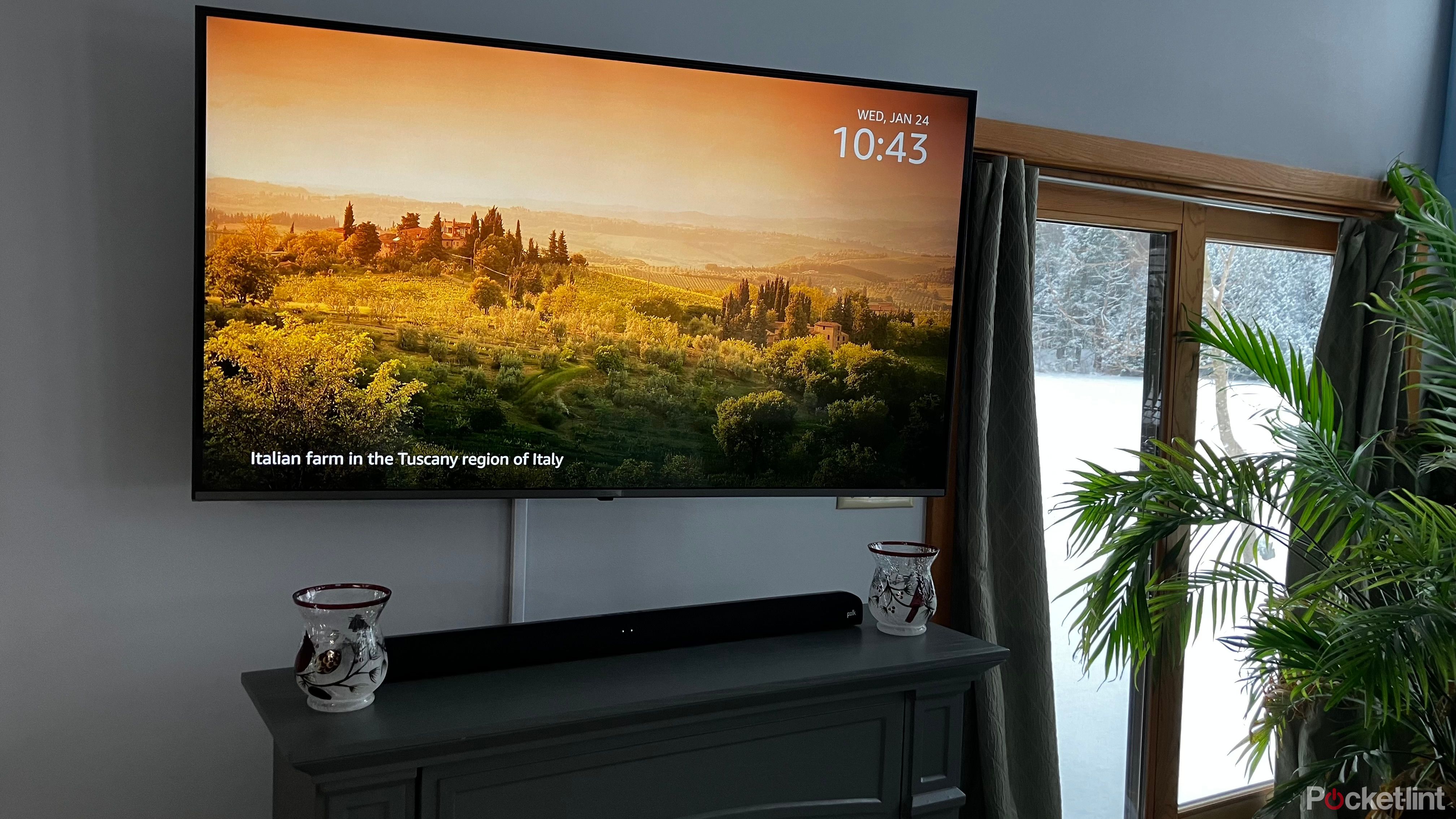
How to properly mount your TV
Including our tips for pre-mount care, the three top mount types to know, and the tools you’ll need.
We’ll leave you with this thought — ultimately, don’t stress too much about specifications. A TV is supposed to be a window into the movies, games, and TV shows you enjoy, and there are increasingly diminishing returns the higher prices go. Save some of that money for add-ons and content.
Trending Products

Cooler Master MasterBox Q300L Micro-ATX Tower with Magnetic Design Dust Filter, Transparent Acrylic Side Panel…

ASUS TUF Gaming GT301 ZAKU II Edition ATX mid-Tower Compact case with Tempered Glass Side Panel, Honeycomb Front Panel…

ASUS TUF Gaming GT501 Mid-Tower Computer Case for up to EATX Motherboards with USB 3.0 Front Panel Cases GT501/GRY/WITH…

be quiet! Pure Base 500DX Black, Mid Tower ATX case, ARGB, 3 pre-installed Pure Wings 2, BGW37, tempered glass window

ASUS ROG Strix Helios GX601 White Edition RGB Mid-Tower Computer Case for ATX/EATX Motherboards with tempered glass…


